3.Biological hazards
Food poisoning
Food poisoning occurs when pathogenic bacteria contaminate food and are then allowed the opportunity to multiply sufficiently to overcome our natural defences and threaten our health. They are the biggest single threat to food safety. Getting rid of pathogenic bacteria from the environment completely is impossible, so preventing them from reaching food and / or multiplying is a key responsibility of all food handlers.
Groups most at risk from the effects of food poisoning include pregnant women, young children, the elderly and those with a chronic illness or reduced immunity.
Symptoms of food poisoning are unpleasant and often include vomiting and diarrhoea, but recovery in most cases only takes 1-3 days. However, food poisoning can also lead to serious medical problems with life changing or even life-threatening consequences.
Can all foods cause food poisoning?
Yes, but some foods are at higher risk from pathogenic bacteria than others.
Food poisoning only
occurs when corners are cut or mistakes made. Follow your approved food preparation processes, hand hygiene regime and your supervisor’s instructions
How bacteria multiply
Pathogenic bacteria are dangerous microscopic bacteria capable of causing illness, common examples of pathogenic bacteria include Salmonella, E. coli and Clostridium. They enter food through contamination and can quickly multiply to dangerous levels.
When bacteria find themselves in the right conditions, they multiply by each cell dividing in two. Two cells become four, then four become eight and so on. Bacteria can divide in this way once every 10-15 minutes allowing them to multiply rapidly.
Let's explore...
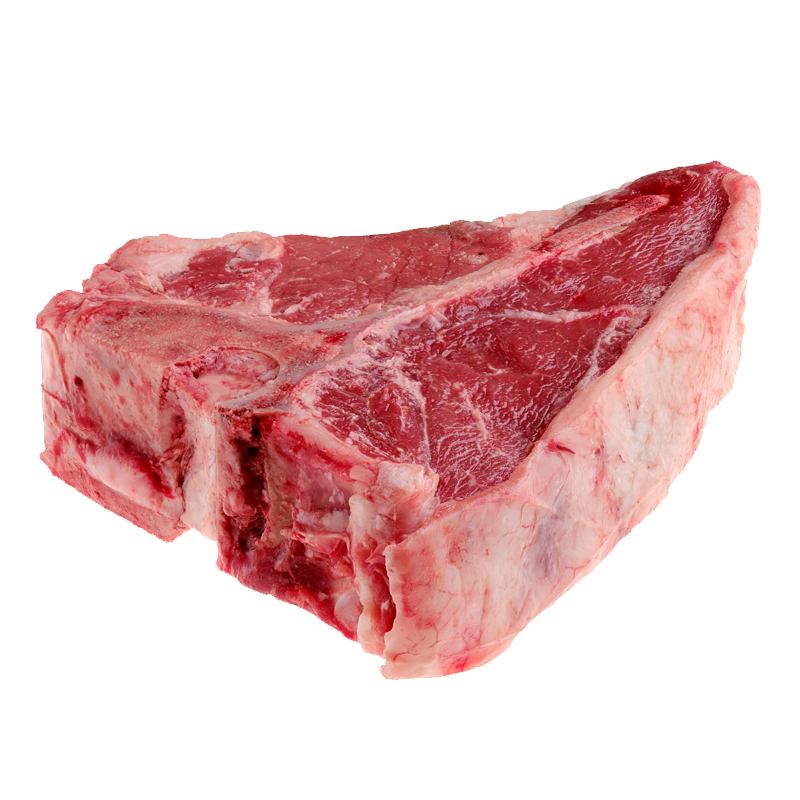
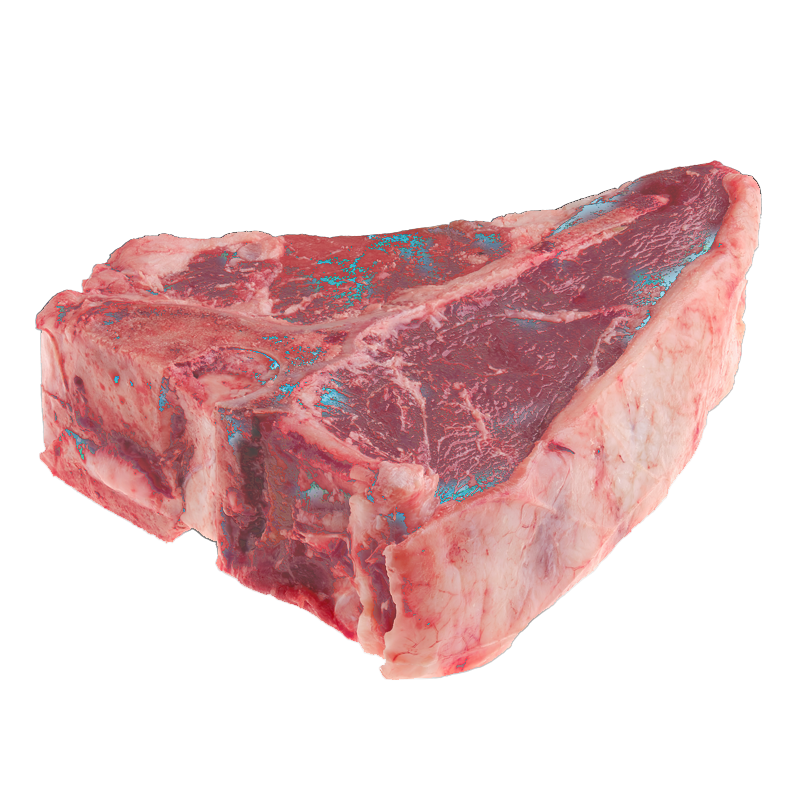
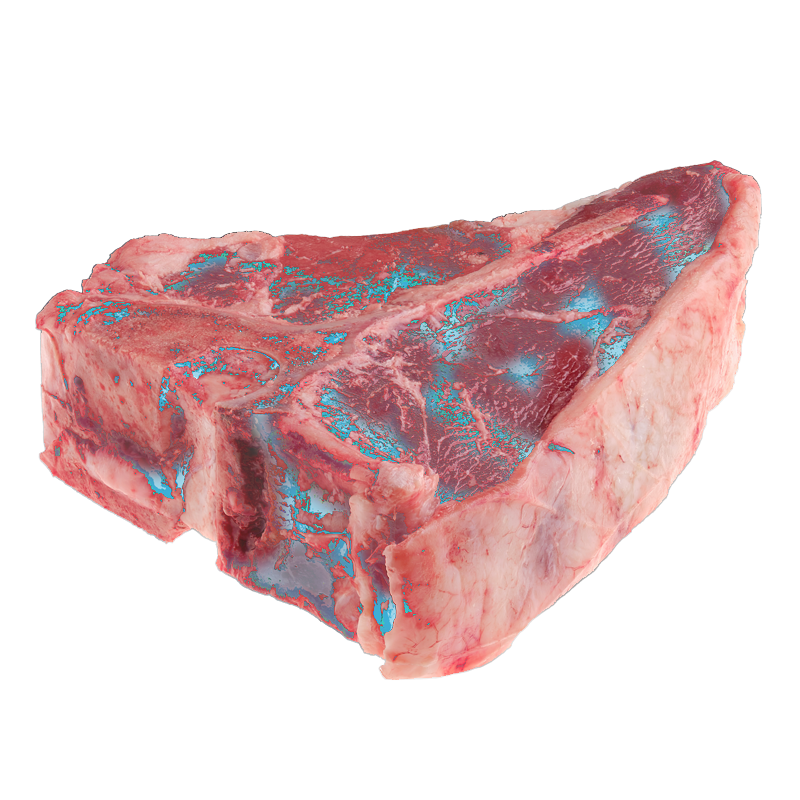
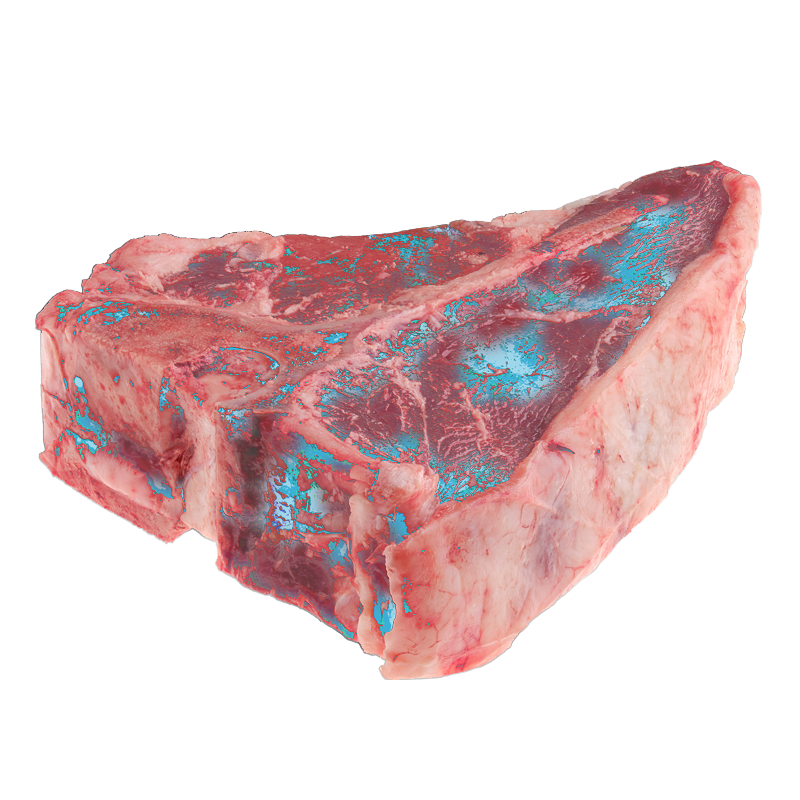
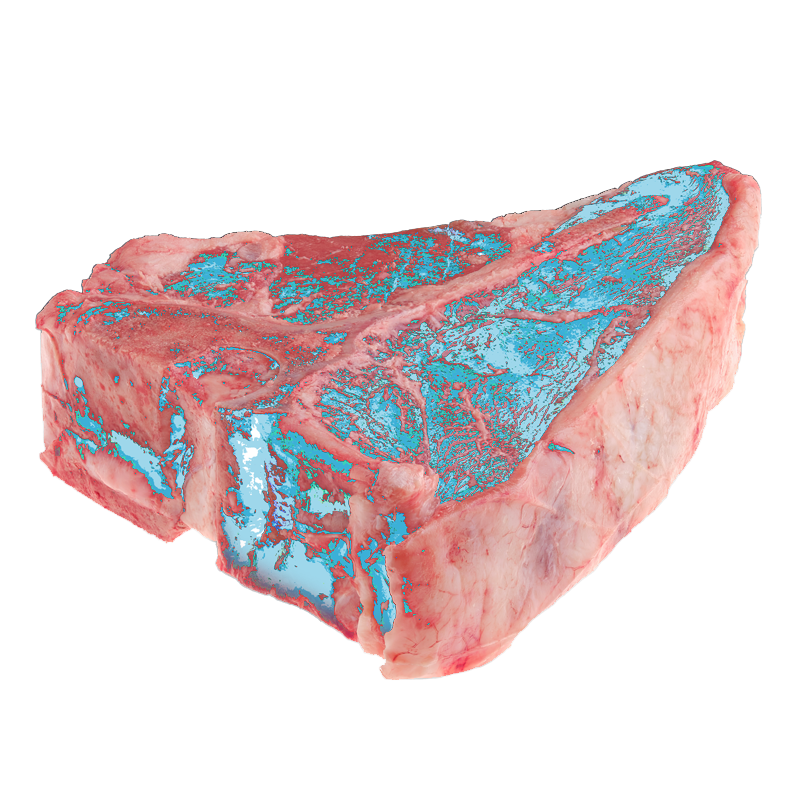
Bacteria need 4 factors in place to multiply rapidly:
What to do...
To prevent bacteria multiplying to a dangerous level we need to:
- Minimise the time high-risk food spends in the Danger Zone
- Chill and use high-risk foods according to the manufacturer’s instructions
- Cook and reheat following your approved processes
- Serve, cool and refrigerate, or hot hold food promptly
Bacteria multiply
rapidly between
8°C and 63°C
This means that you should aim to cook and serve food almost immediately or put it
in the chiller or freezer to
keep it safe.
No cooking, reheating or other process will make food safe once bacterial toxins are present. Therefore, you should keep raw and high-risk foods in the chiller and throw them away if in doubt.
Wash your hands regularly, report illness promptly, and sanitise surfaces following your approved cleaning schedule.